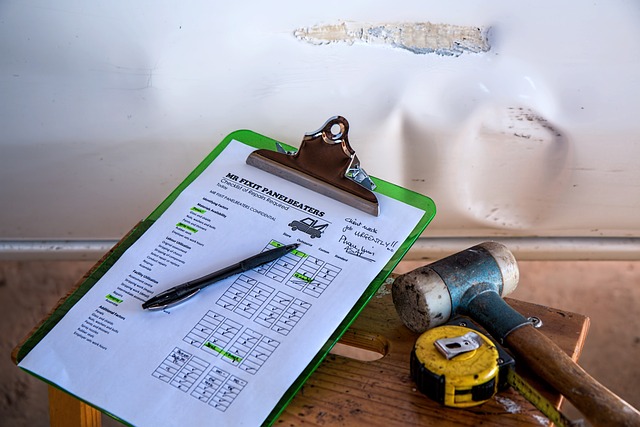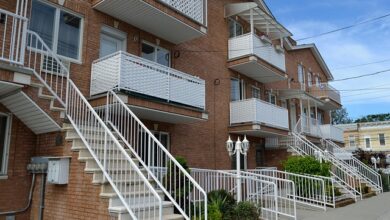Understanding Replacement Cost vs. Actual Cash Value in Canada

When purchasing insurance—whether it’s for your home, car, or personal belongings—one of the most important decisions you’ll face is choosing between Replacement Cost and Actual Cash Value (ACV) coverage. These two valuation methods determine how much you’ll be reimbursed in the event of a loss, and understanding the difference is crucial to ensuring you’re adequately protected. This article will explain these terms, highlight their key distinctions, and help you make an informed decision about which option suits your needs in Canada.
What Is Replacement Cost?
Replacement Cost refers to the amount it would take to repair or replace damaged or lost property with new items of similar kind and quality, without deducting for depreciation. In other words, if your home is destroyed by fire or your car is totaled in an accident, replacement cost coverage ensures you receive enough money to rebuild or buy a new one, regardless of the item’s age or wear and tear.
Key Features of Replacement Cost:
- No Depreciation Deduction: You’re compensated based on the current market price of new materials or items.
- Higher Payouts: Since depreciation isn’t factored in, payouts are typically higher than ACV.
- Common for Homeowners Insurance: Many homeowners opt for replacement cost coverage for their dwelling and personal property.
- May Require Documentation: Insurers may ask for receipts, appraisals, or proof of purchase to verify the value of replaced items.
Example:
If your 10-year-old roof is damaged in a storm and costs $15,000 to replace with modern materials, replacement cost coverage would reimburse you the full $15,000, even though the old roof had depreciated in value over time.
What Is Actual Cash Value (ACV)?
Actual Cash Value (ACV) compensates you for the replacement cost of an item minus depreciation. Depreciation accounts for the item’s age, condition, and useful life expectancy. As a result, ACV payouts are generally lower than replacement cost payouts because they reflect the diminished value of older or used property.
Key Features of ACV:
- Depreciation Deduction: The insurer reduces the payout based on how much the item has depreciated since its purchase.
- Lower Premiums: Policies with ACV coverage tend to have lower premiums compared to replacement cost policies.
- Suitable for Older Property: ACV may be more appropriate for older homes or vehicles where replacement costs exceed the property’s actual value.
- Requires Appraisal: Insurers often assess the condition and lifespan of the damaged item to calculate depreciation.
Example:
Using the same roof example, if the 10-year-old roof originally cost $20,000 but has depreciated by $10,000 due to age and wear, ACV coverage would reimburse you only $10,000 instead of the full replacement cost.
Key Differences Between Replacement Cost and ACV
| Aspect | Replacement Cost | Actual Cash Value (ACV) |
|---|---|---|
| Depreciation | No deduction for depreciation | Deducts depreciation from the replacement cost |
| Payout Amount | Higher payouts | Lower payouts |
| Premium Costs | Higher premiums | Lower premiums |
| Best For | Newer or high-value property | Older or less valuable property |
| Documentation Required | Often requires proof of replacement expenses | Requires appraisal of the item’s current value |
Which Option Should You Choose?
The choice between replacement cost and ACV depends on several factors, including your budget, the age and condition of your property, and your risk tolerance. Here’s a breakdown to help you decide:
Choose Replacement Cost If:
- You want full financial protection to repair or replace damaged property without worrying about depreciation.
- Your home, vehicle, or belongings are relatively new or high-value.
- You can afford slightly higher premiums for peace of mind.
- You live in an area prone to natural disasters, theft, or other risks that could result in significant losses.
Choose ACV If:
- You’re looking for lower premiums and are willing to accept reduced payouts.
- Your property is older or has depreciated significantly in value.
- You don’t mind covering the gap between the ACV payout and the actual replacement cost out-of-pocket.
- You own items that are easily replaceable or not critical to your lifestyle.
How Replacement Cost and ACV Apply to Different Types of Insurance
Homeowners Insurance:
- Dwelling Coverage: Most insurers recommend replacement cost coverage for the structure of your home, as rebuilding costs can far exceed the home’s market value.
- Personal Property: You can choose between replacement cost and ACV for your belongings. Replacement cost is ideal for expensive items like electronics or furniture, while ACV may suffice for older possessions.
Auto Insurance:
- Collision and Comprehensive Coverage: Replacement cost is rarely offered for vehicles, as cars depreciate quickly. Instead, insurers use ACV to determine the payout if your car is totaled or stolen.
- New Car Replacement: Some policies offer “new car replacement” coverage, which pays for a brand-new vehicle if your car is totaled within a specific timeframe after purchase.
Renters Insurance:
- Renters insurance typically offers both replacement cost and ACV options for personal property. Replacement cost is advisable for protecting valuable items like jewelry, electronics, or appliances.
Tips for Maximizing Your Coverage
- Inventory Your Belongings: Create a detailed inventory of your possessions, including photos, receipts, and appraisals. This documentation can help substantiate claims under either valuation method.
- Understand Policy Limits: Ensure your coverage limits are sufficient to rebuild or replace your property, especially if opting for replacement cost.
- Consider Inflation Protection: For homeowners, inflation can increase construction costs over time. Look for policies with inflation guards to keep your coverage aligned with current building prices.
- Review Regularly: Reassess your policy annually to account for changes in property value, renovations, or major purchases.




